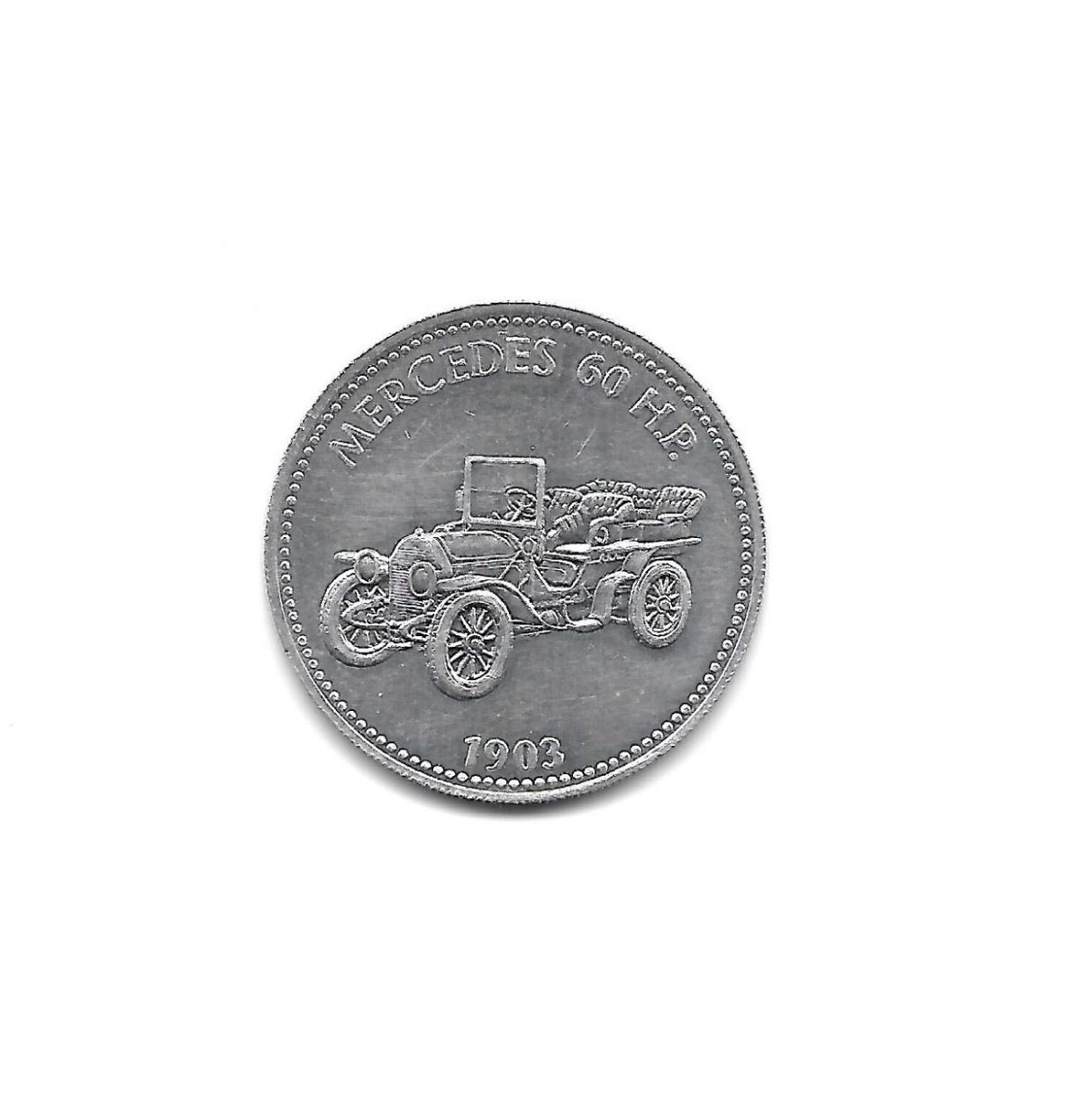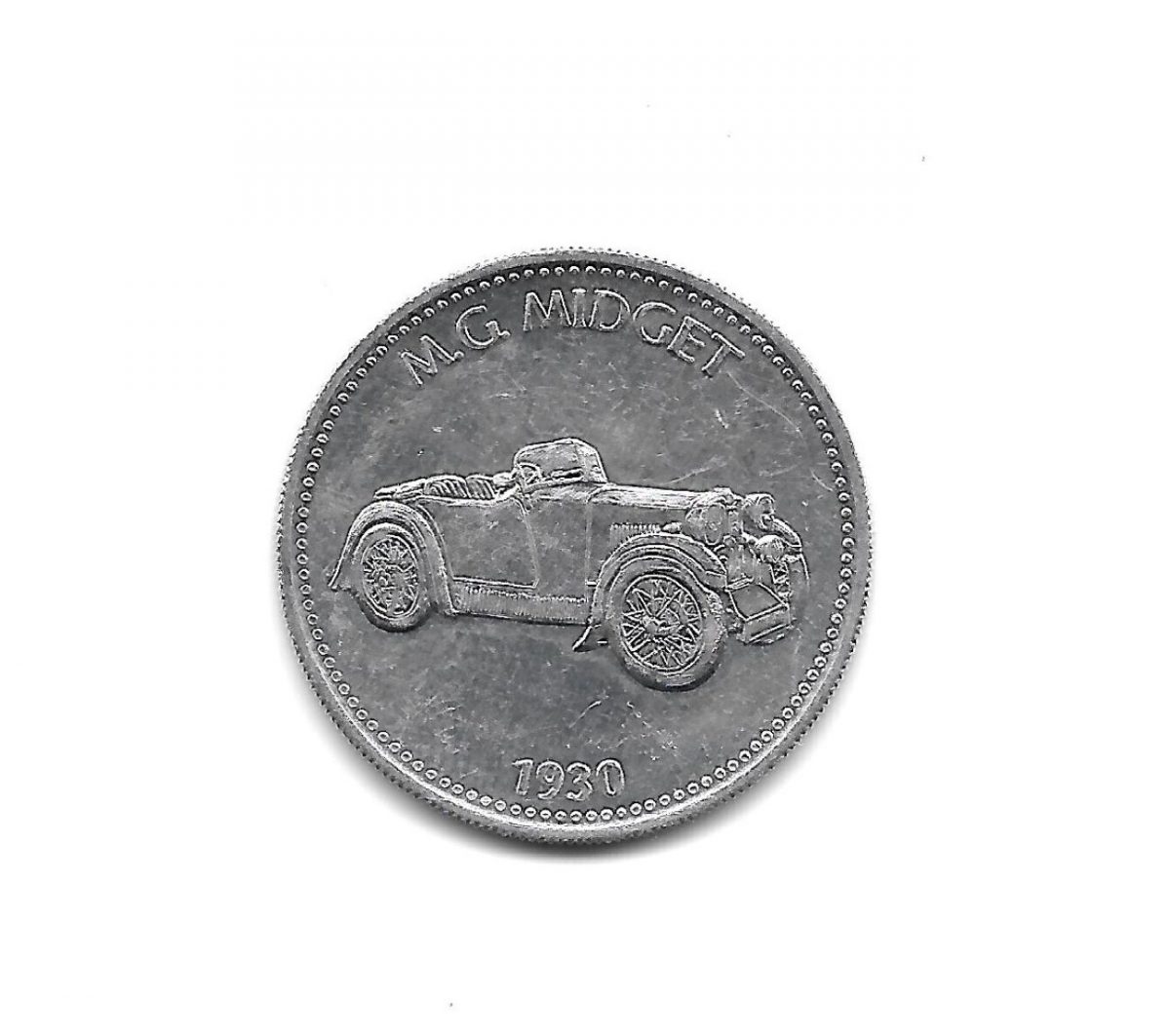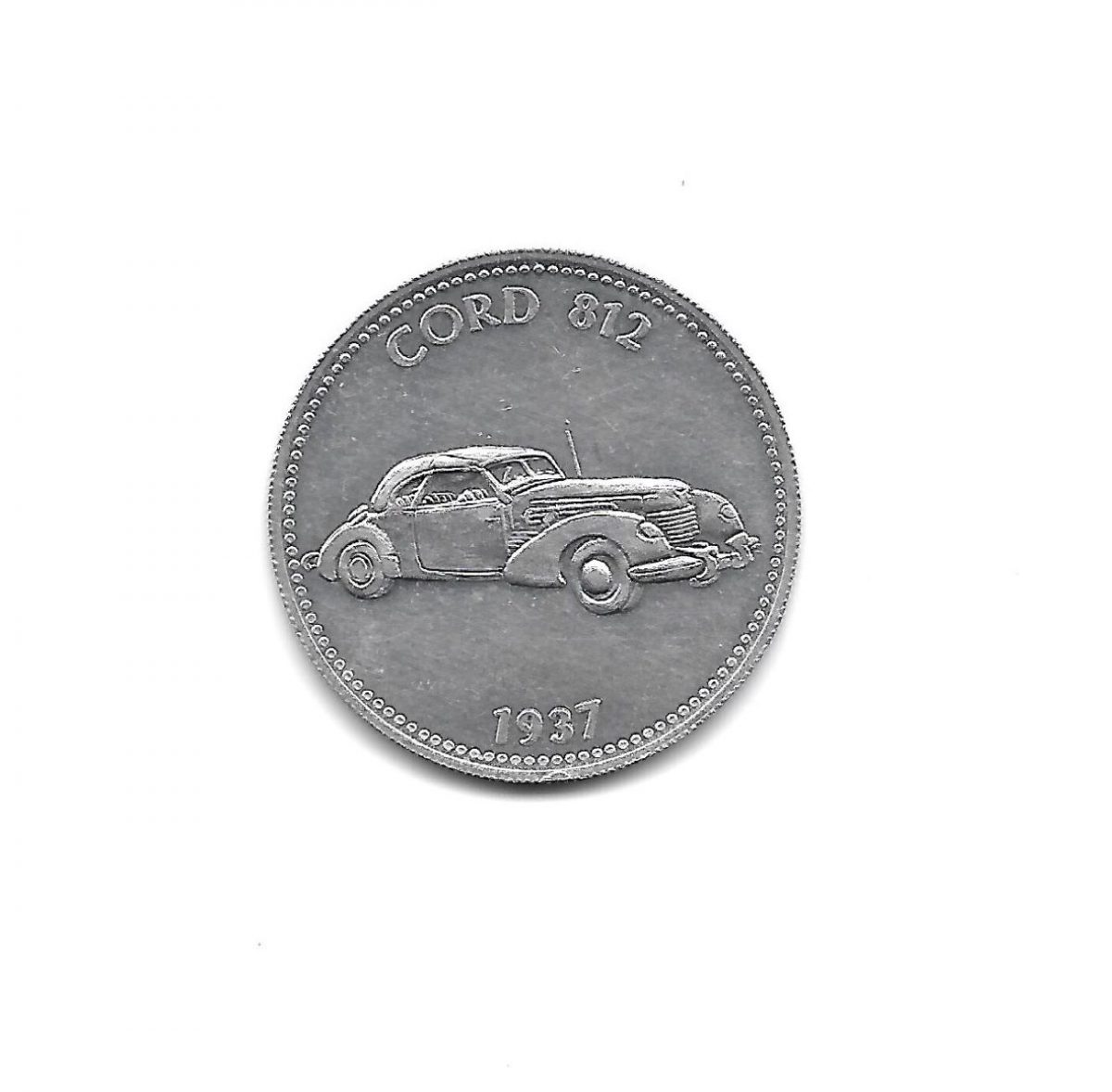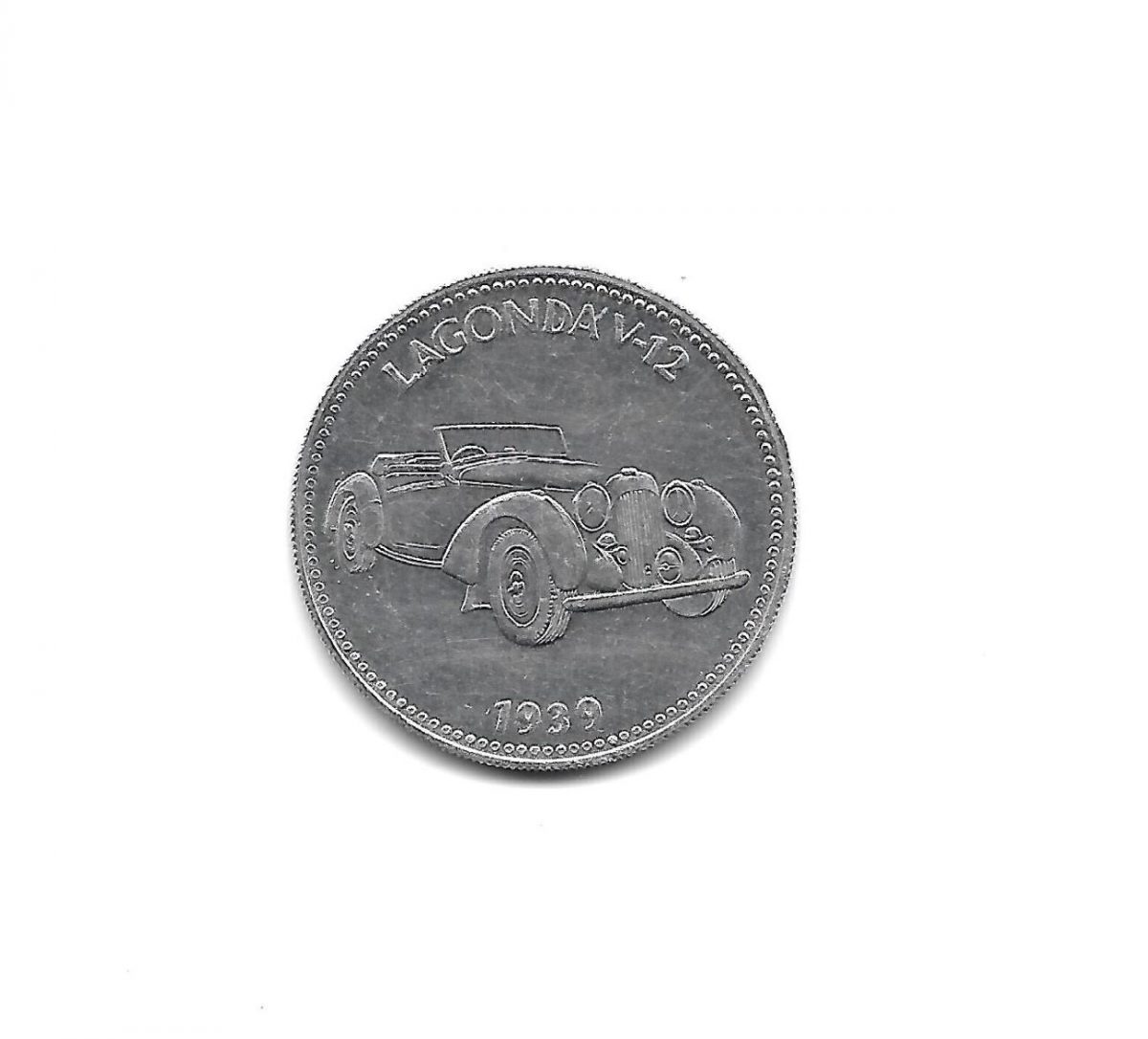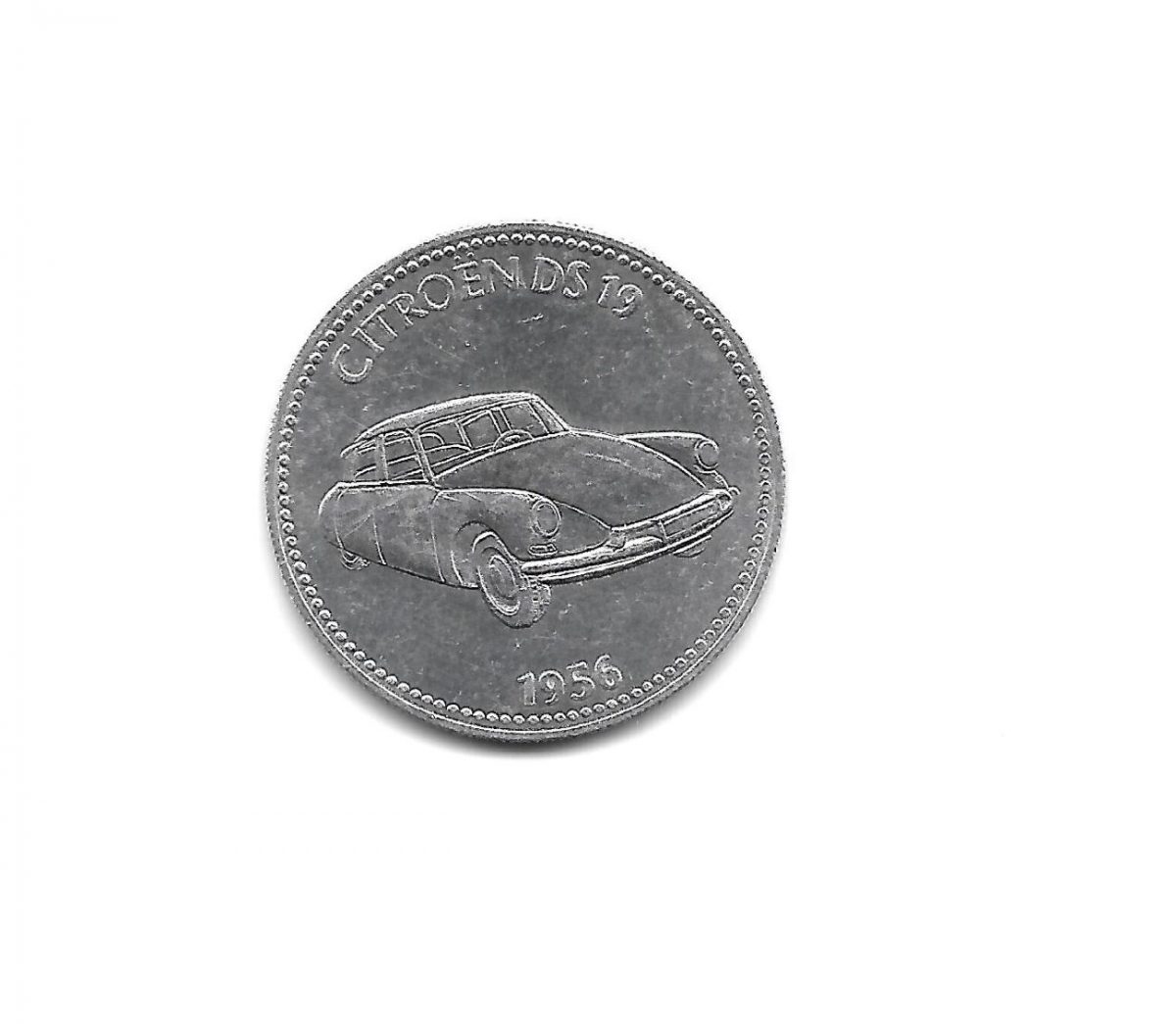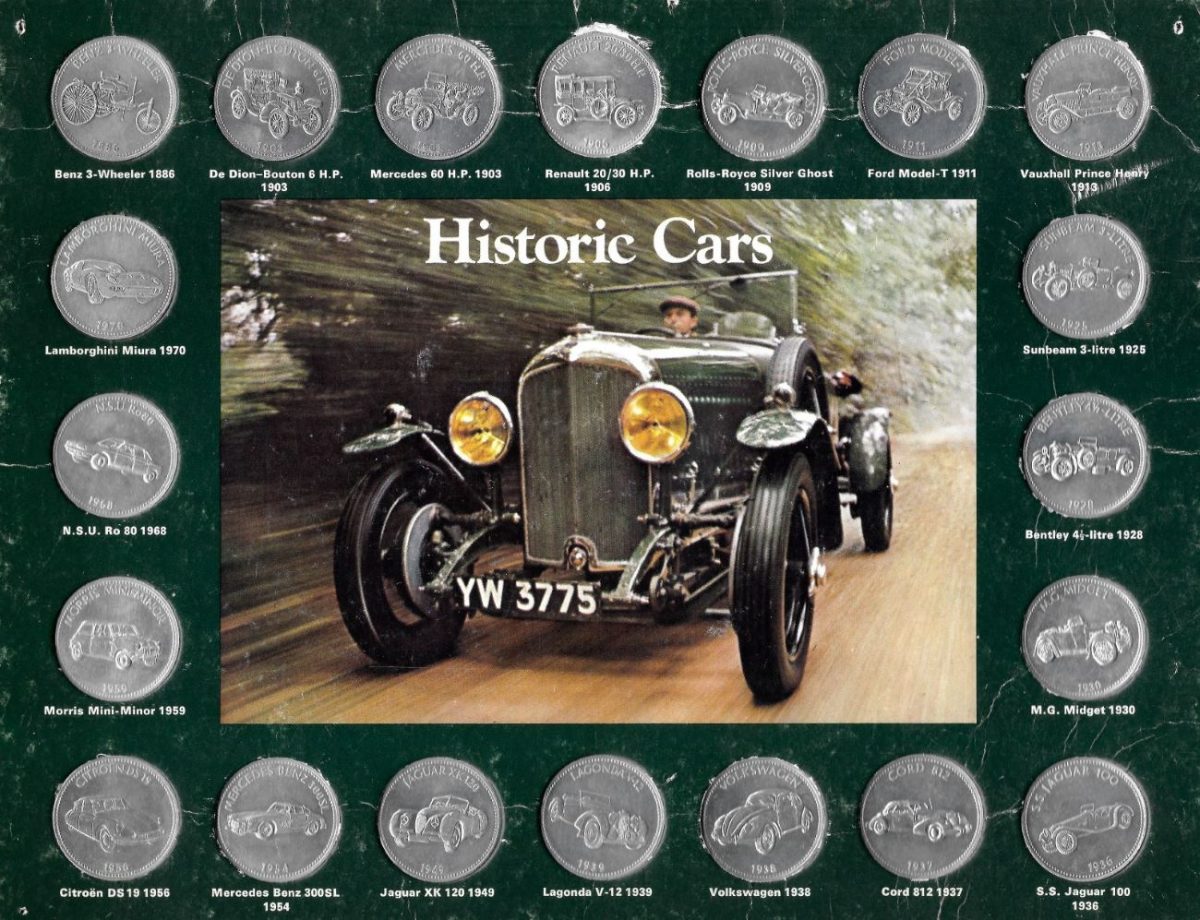
Corporates believe brand loyalty starts with kids. Get them hooked on some brand when they’re young and they’ll trust you and buy your product when they’re older. Every newspaper and TV broadcaster thinks the same. Every newspaper and TV broadcaster and social media outlet hope young uns will trust them enough to stick with them–no matter how moronic or dangerous their product. That’s show business.
In 1970, there were ten million cars in the UK. Double the number of 1960. Over 75% of all journeys made in the UK during 1970 were taken by car. In 2020, there were 40.4million cars on the road.
In 1970, Shell hoped youngsters would appreciate their brand by issuing a series of twenty collectible coins. Children across the UK nagged dear old papa and mama to fill-up their tanks with Shell petrol in the hope of collecting each and everyone of these mass produced products.
Going by the number of complete Historic Car coins available on eBay, Shell succeeded in tempting the young to their brand.

Benz 3-Wheeler 1886.
In Mannheim, Germany, on the 3rd July 1886, the Benz 3-wheeler was the first successful petrol driven car to run on public roads. Designed by Karl Benz, this single cylinder horizontal engine had a top speed of nine miles per hour. Benz’s design was the blueprint for most cars over the following decades.
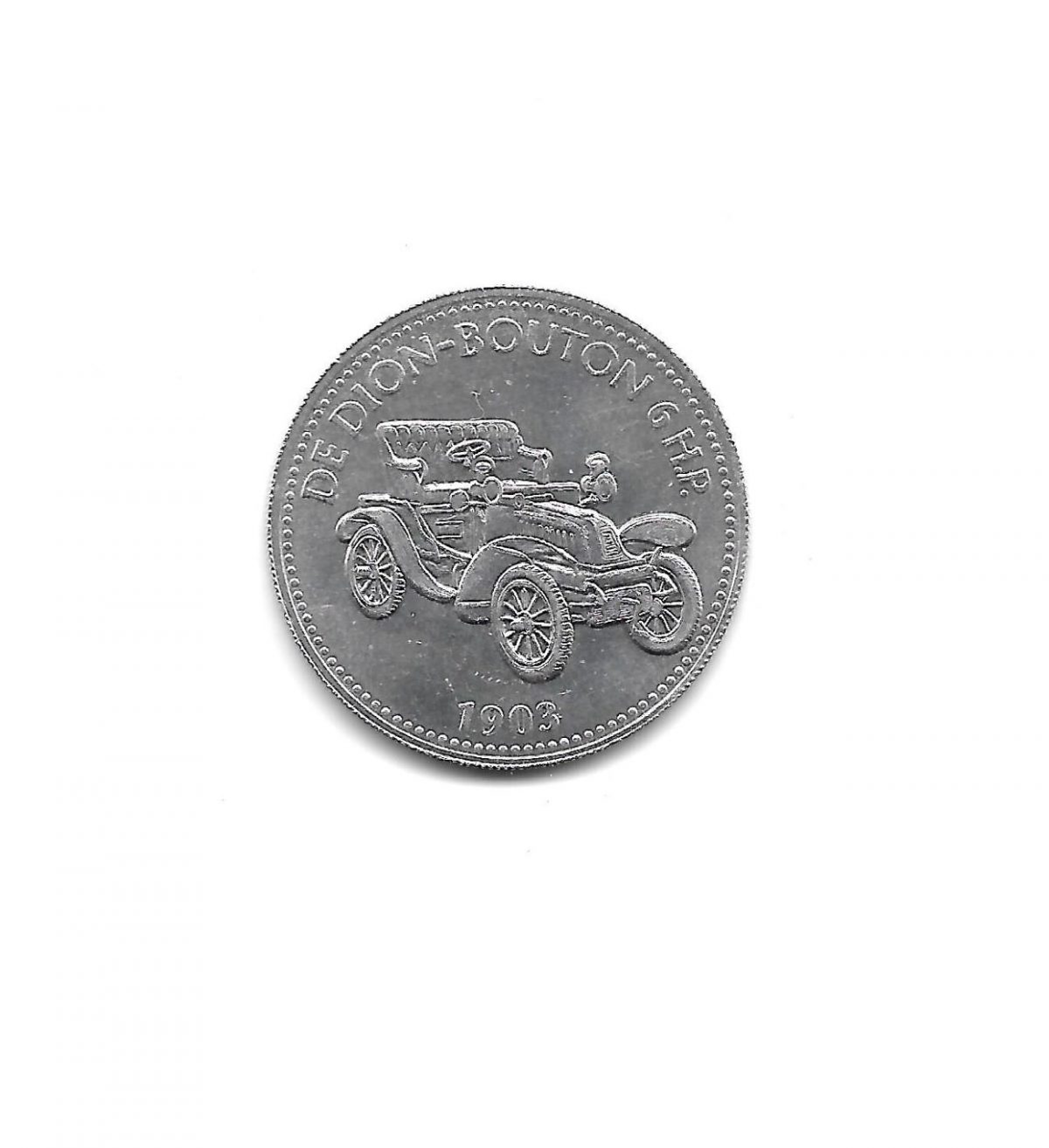
De Dion-Bouton 6 H. P. 1903.
The De Dion-Bouton was the first car to have a high-speed engine. It was light, easy to drive, reliable, and cheap–costing around £200. It had a top speed of 30 mph. By 1912, there were 6,000 De Dion-Boutons in Britain alone.
The first luxury “horseless carriage” was the Mercedes. With a 60 horse power, the Mercedes reached a speed of up to 70mph. The Mercedes had a honeycomb radiator, a steel frame, and a four-speed gearbox.
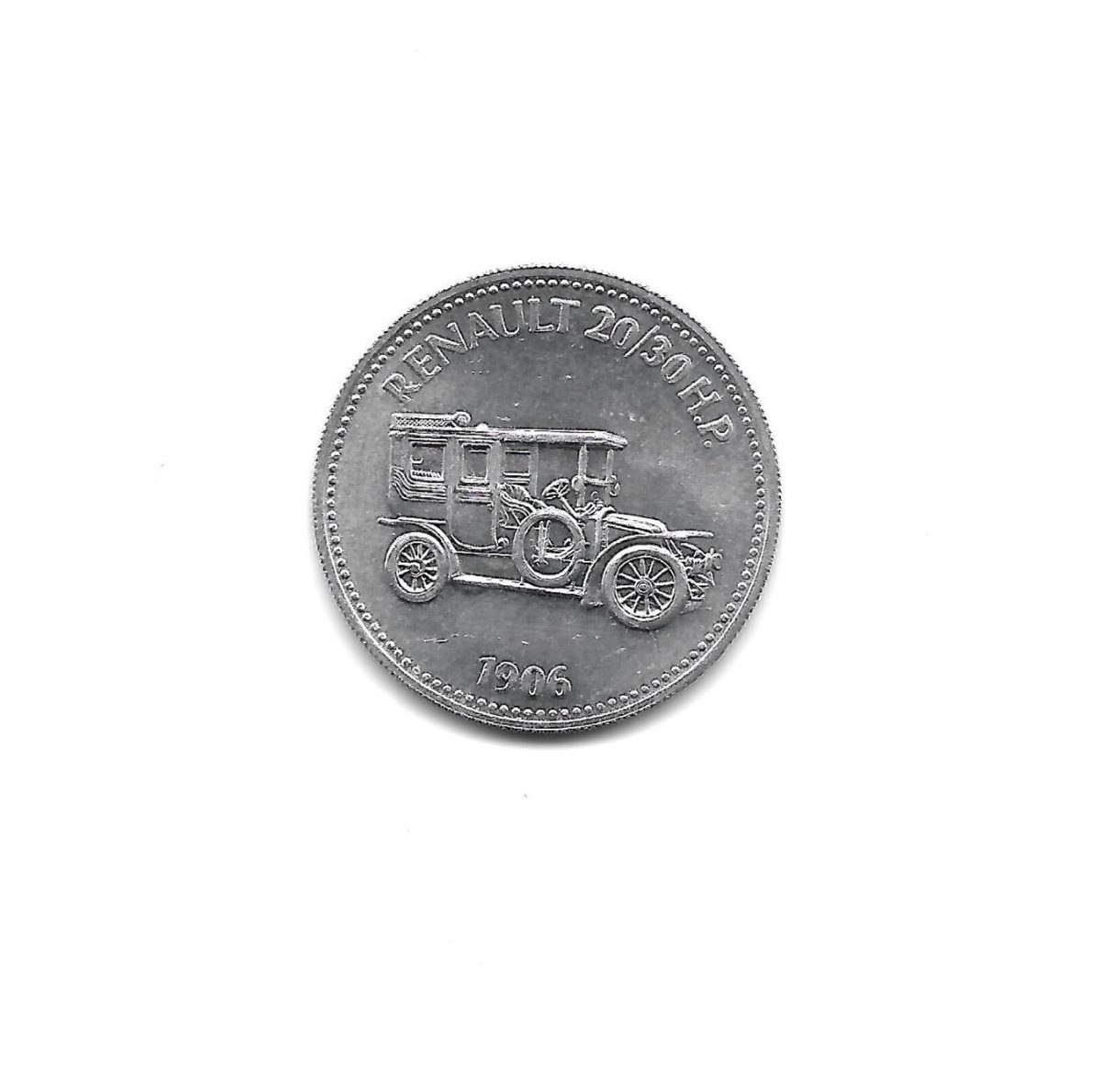
Renault 20/30 H.P. 1906.
The Renault 20/30 was based on the design of a French First Class railway carriage. This vehicle was 15′ in length and was 7’10” in height. With its elaborate brocaded interior and a top speed of 50mph, the Renault maintained the same extravagant design until 1928.

Rolls-Royce Silver Ghost 1909.
The Rolls-Royce reputation was established in 1907 with the production of the Rolls-Royce Ghost. This vehicle was voted the Best in the World. In 1909, the company released the Rolls-Royce Silver Ghost which exceeded it predecessor. Noted for its smooth and silent running–something other car manufacturers had thought impossible–it set a standard for car manufacture.
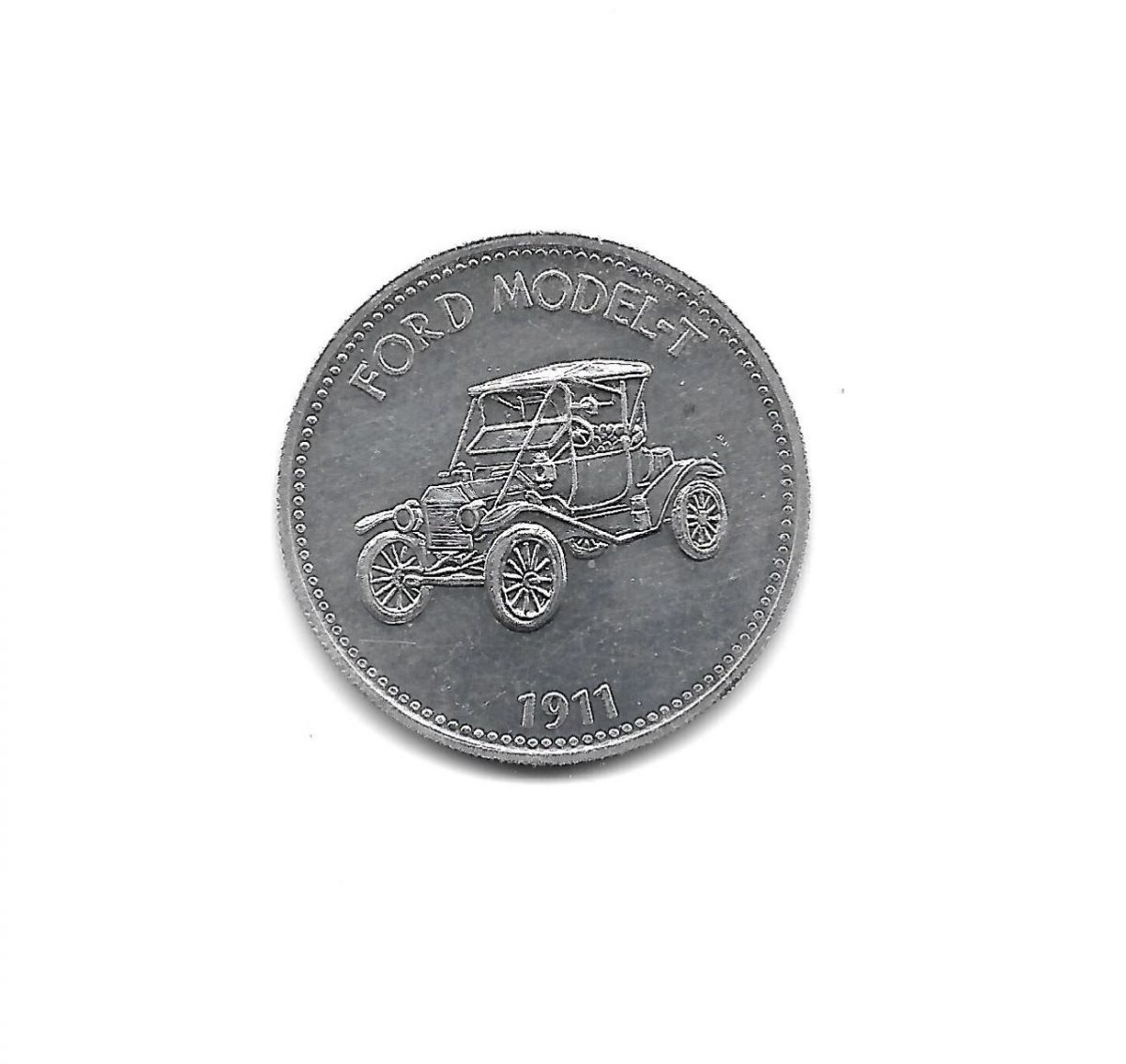
Ford Model-T 1911.
The Model-T Ford was the car “that put the world on wheels”. The first production-line car. Between 1908-1927, fifteen million Model-T Fords were produced. By 1919, 40% of cars in Britain were Model-T Fords.
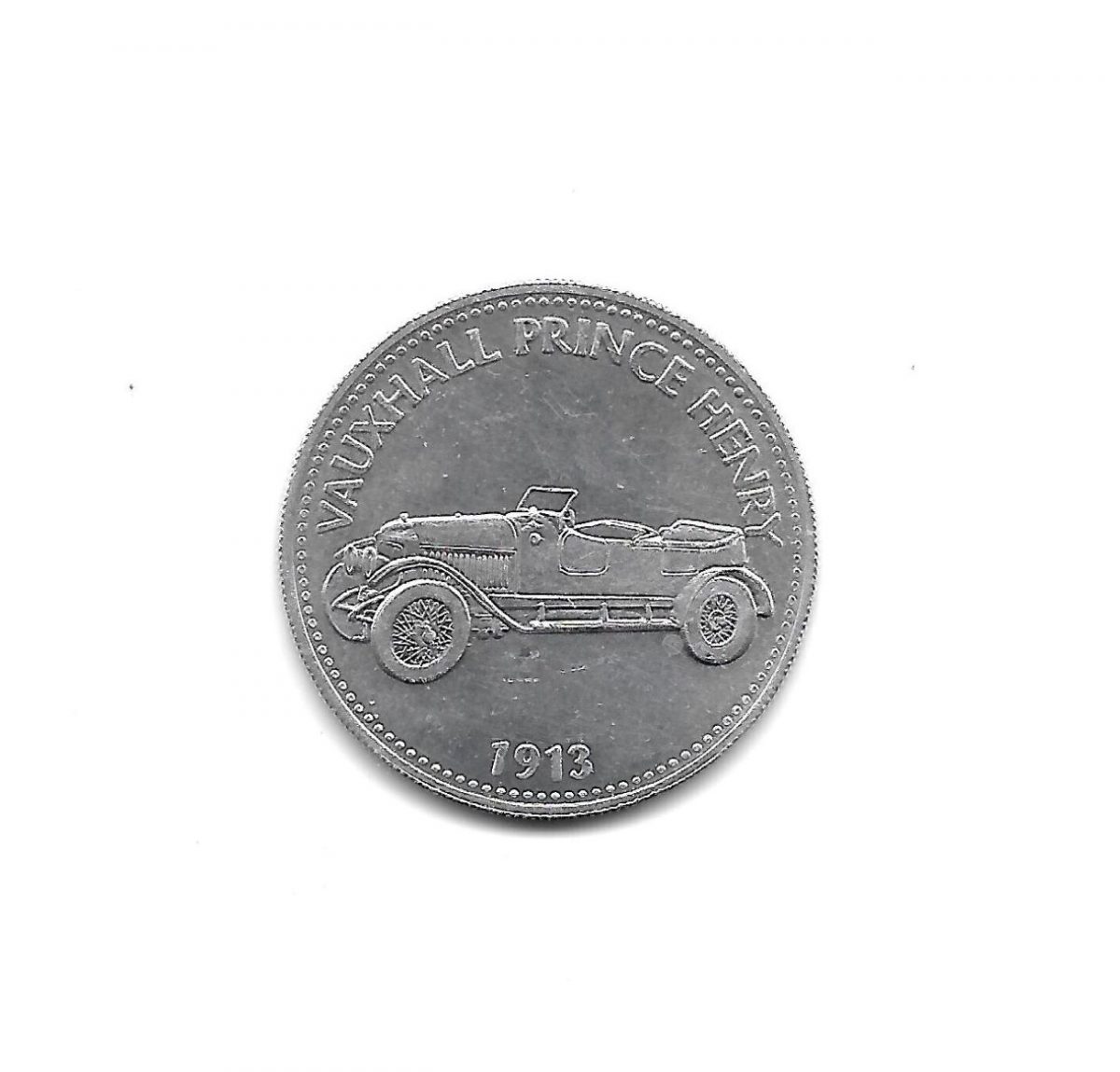
Vauxhall Prince Henry 1913.
The Vauxhall Prince Henry was one of the first sports cars produced in Britain. It had an engine speed of over 2,000 rpm, and a top speed of 80mph.
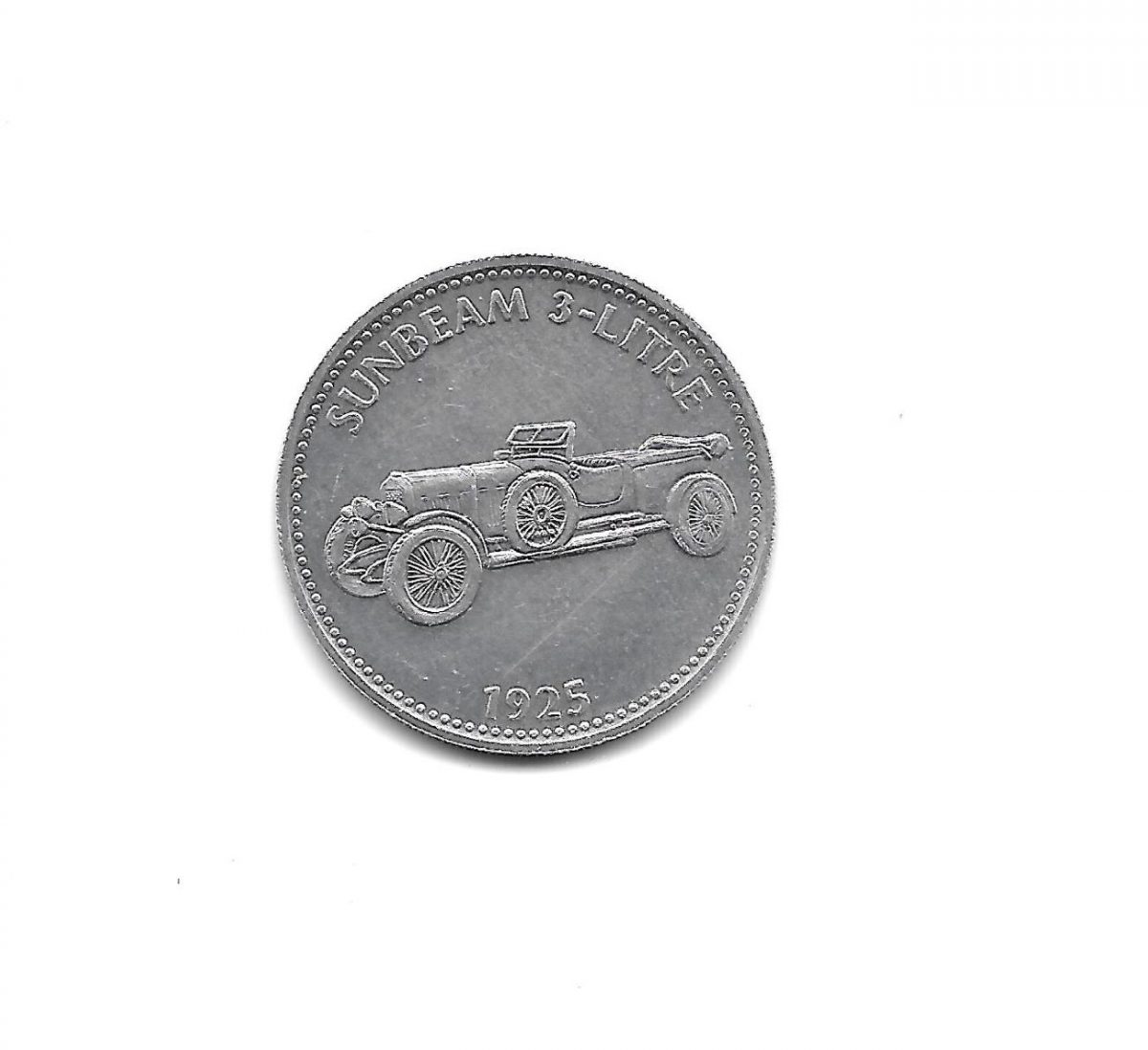
Sunbeam 3-litre 1925.
The Sunbeam 3-litre was a six-cylinder sports car. Prototypes were entered in Le Mans in 1925, before release to the public in 1926.
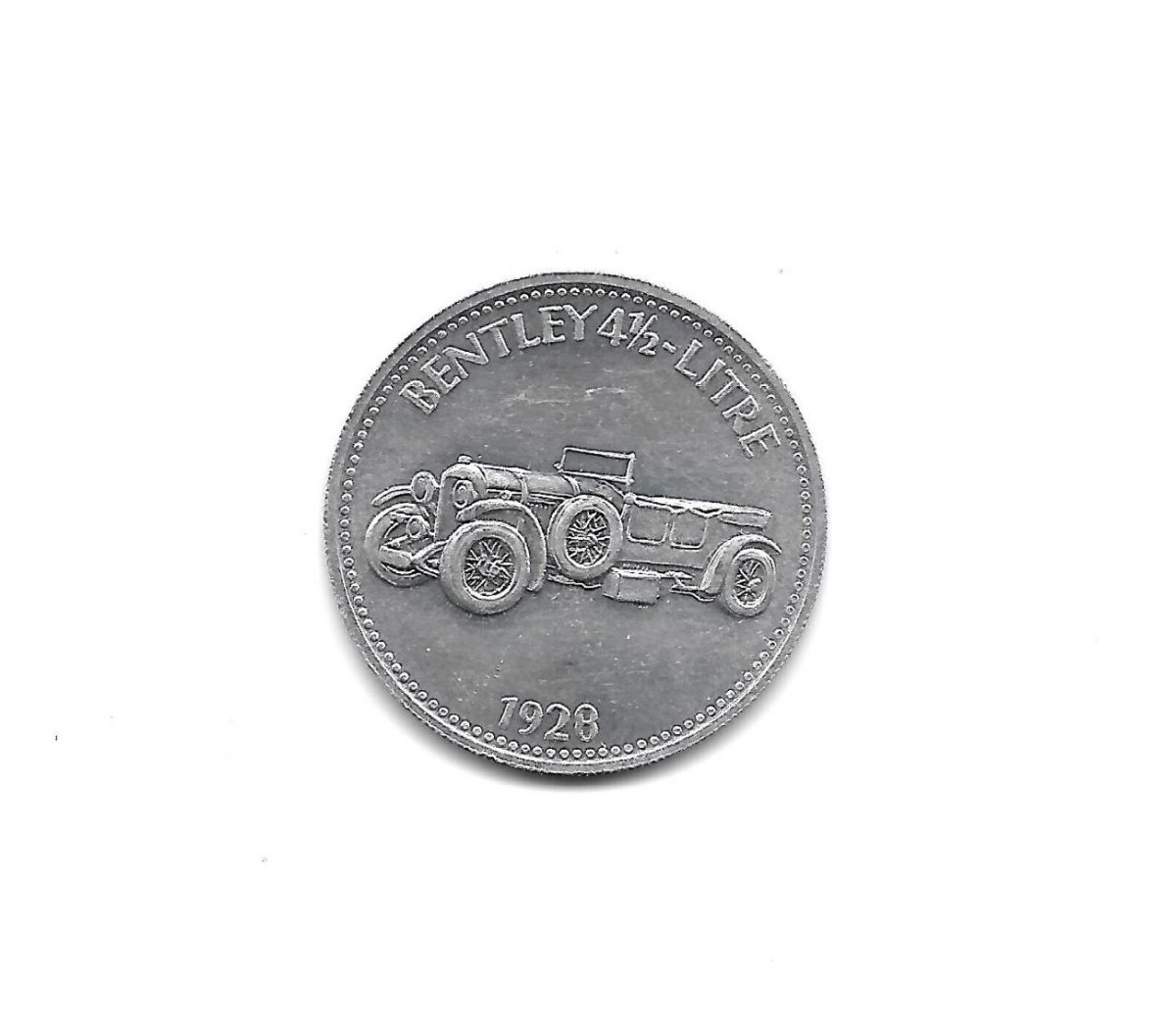
Bentley 4.5 litre 1928.
The Bentley 4.5 litre was a classic British sports car that won Le Mans in 1928. It had a top speed of 95mph with a 110bhp at 3,500rpm. A powerful vehicle with a hefty asking price of £1,295.
The M.G. Midget started the British tradition of light, reliable, and cheap sports cars. It cost £185 and was serviceable by non-specialist. An easy to run and easy to use car.
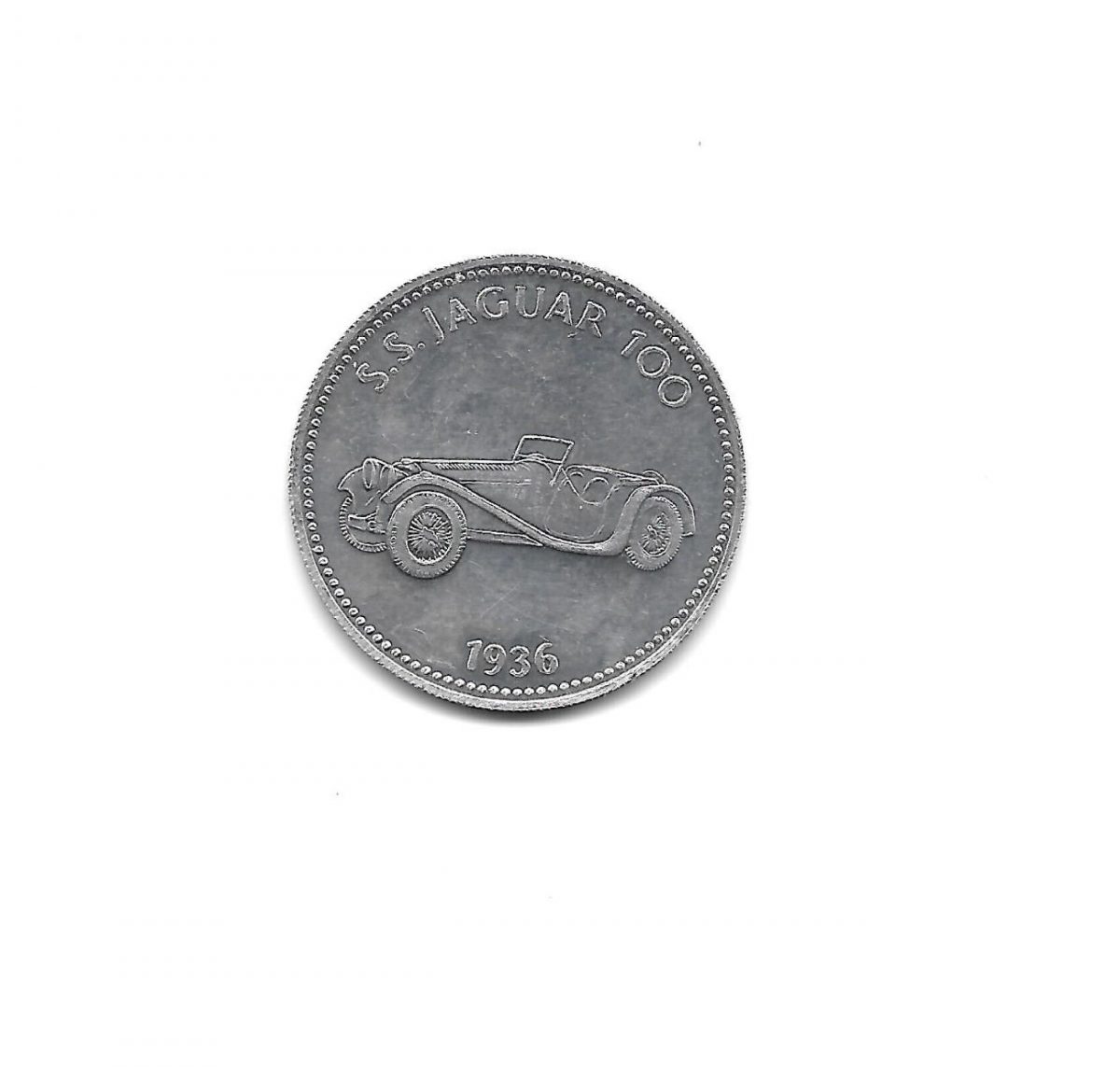
S.S. Jaguar 100 1936.
The SS Jaguar 100 established Jaguar as the best manufacturer of fast, reliable, and cheap high quality vehicle. It also had an engine that could travel 200,000 miles without an overhaul.
The Cord 812 was stylish, elegant, and practical. With running boards, a fuel filter, and door hinges streamlined out of sight. Even the headlamps were retractable. A work of art on wheels.
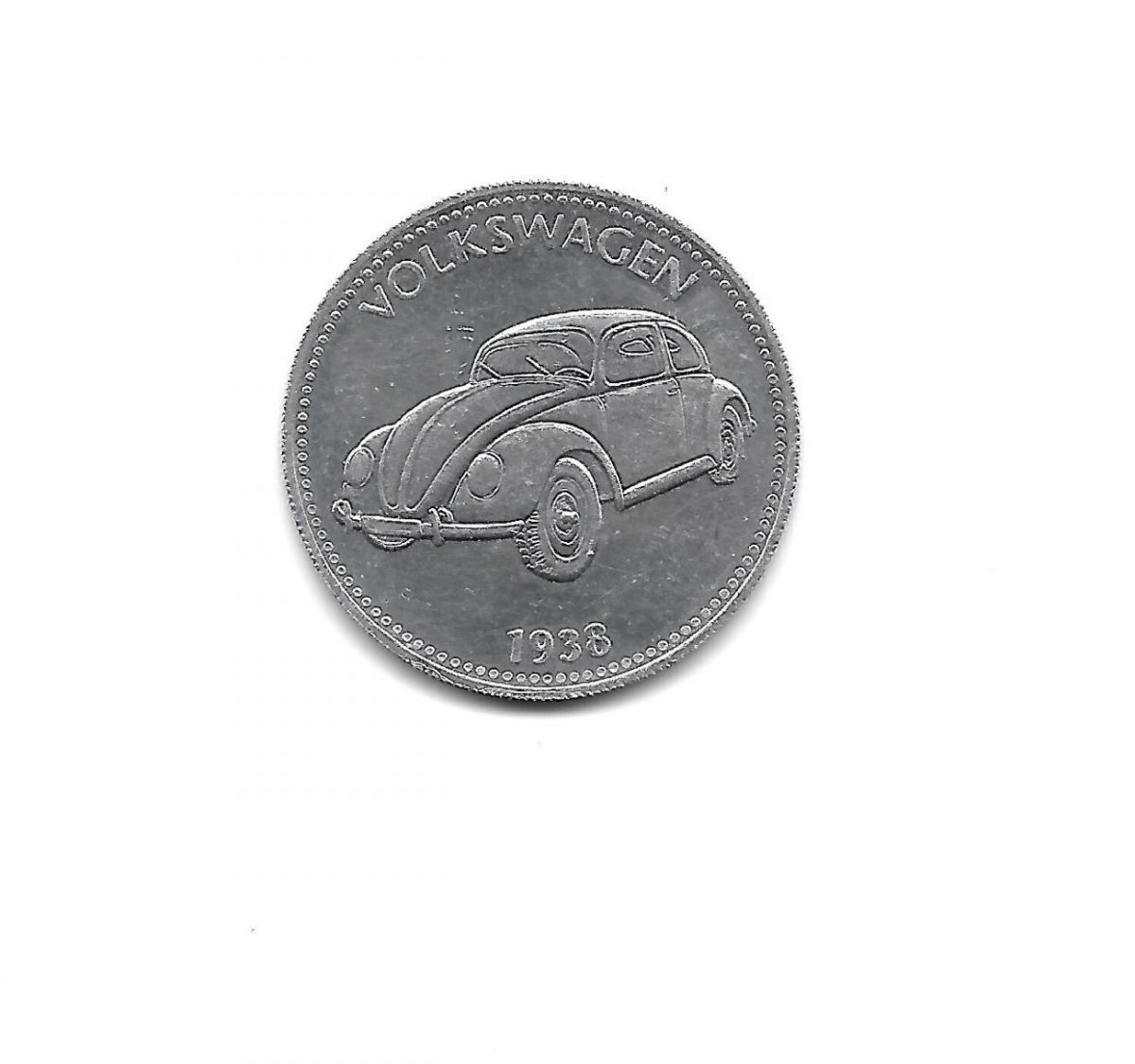
Volkswagen 1938.
The Volkswagen or the “People’s car” was introduced in 1938. It was the most popular private car since the Model-T Ford. Twelve million “Beetles” were produced between 1945 and 1969.
The Lagonda V-12 brought the luxury sports car up-to-date. Weighing two tons, this beast gulped petrol at one gallon per eleven miles. It had an independent front suspension and reached speeds of 110mph.
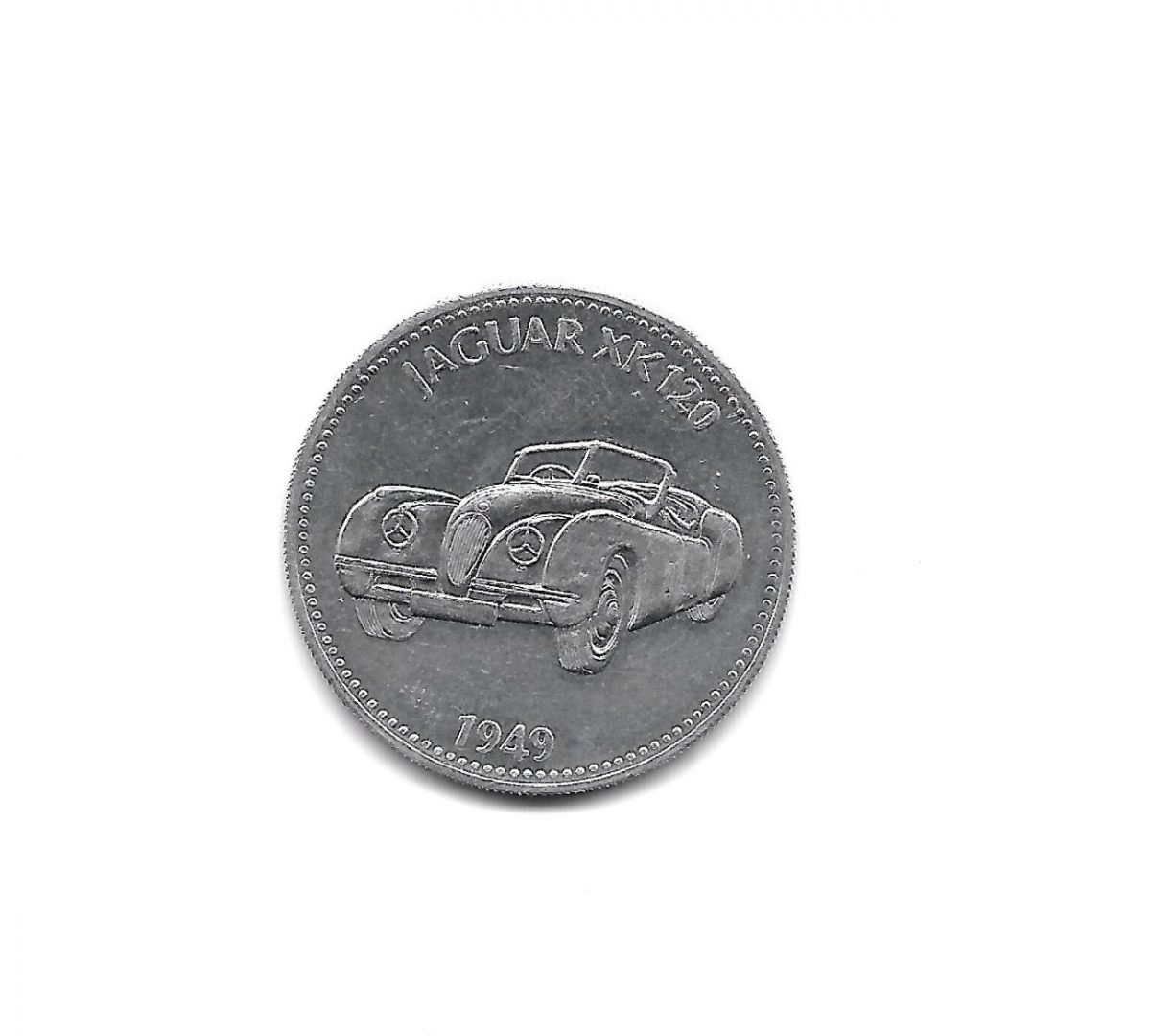
Jaguar XK 120 1949.
The XK Jaguar was the outstanding sports car of the 1950s. It was a new kind of car. This aerodynamically designed two-seater reached speeds of 120mph. The XK won Le Mans five times during the decade.
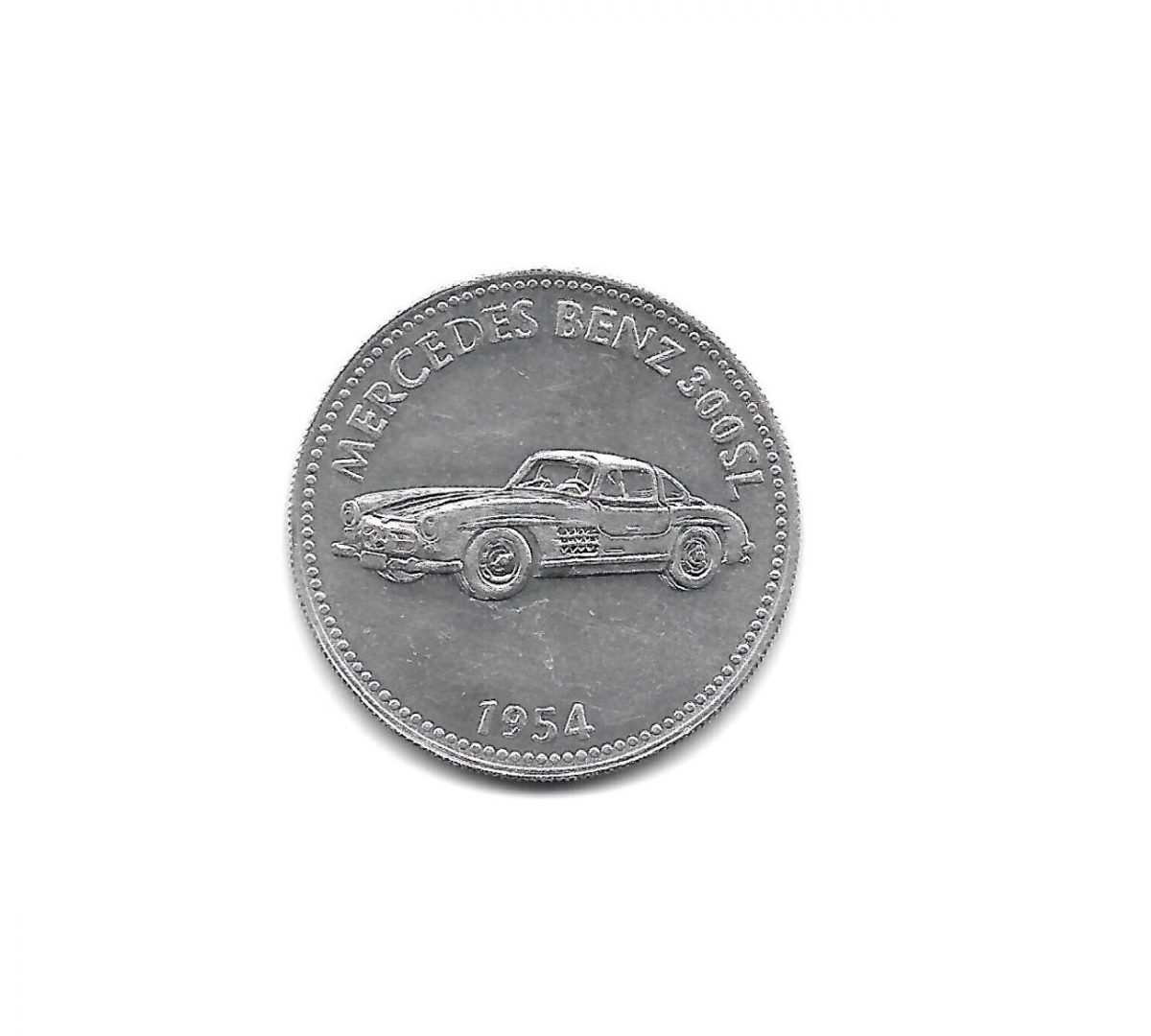
Mercedes Benz 300 SL 1954.
The Mercedes Benz 300 SL was another aerodynamically designed car. It was the first full injection engine with swing-up gull doors. It had a top speed of 135mph and won Le Mans, Berne, and the Mexican Carrera Panamericana. Not surprisingly such a glamorous vehicle cost £4,400.
The Citroën DS 19 had self-levelling suspension, disc brakes, and full power-assisted controls. It was stylish, and well ahead of its time. The design changed little over the following decades.
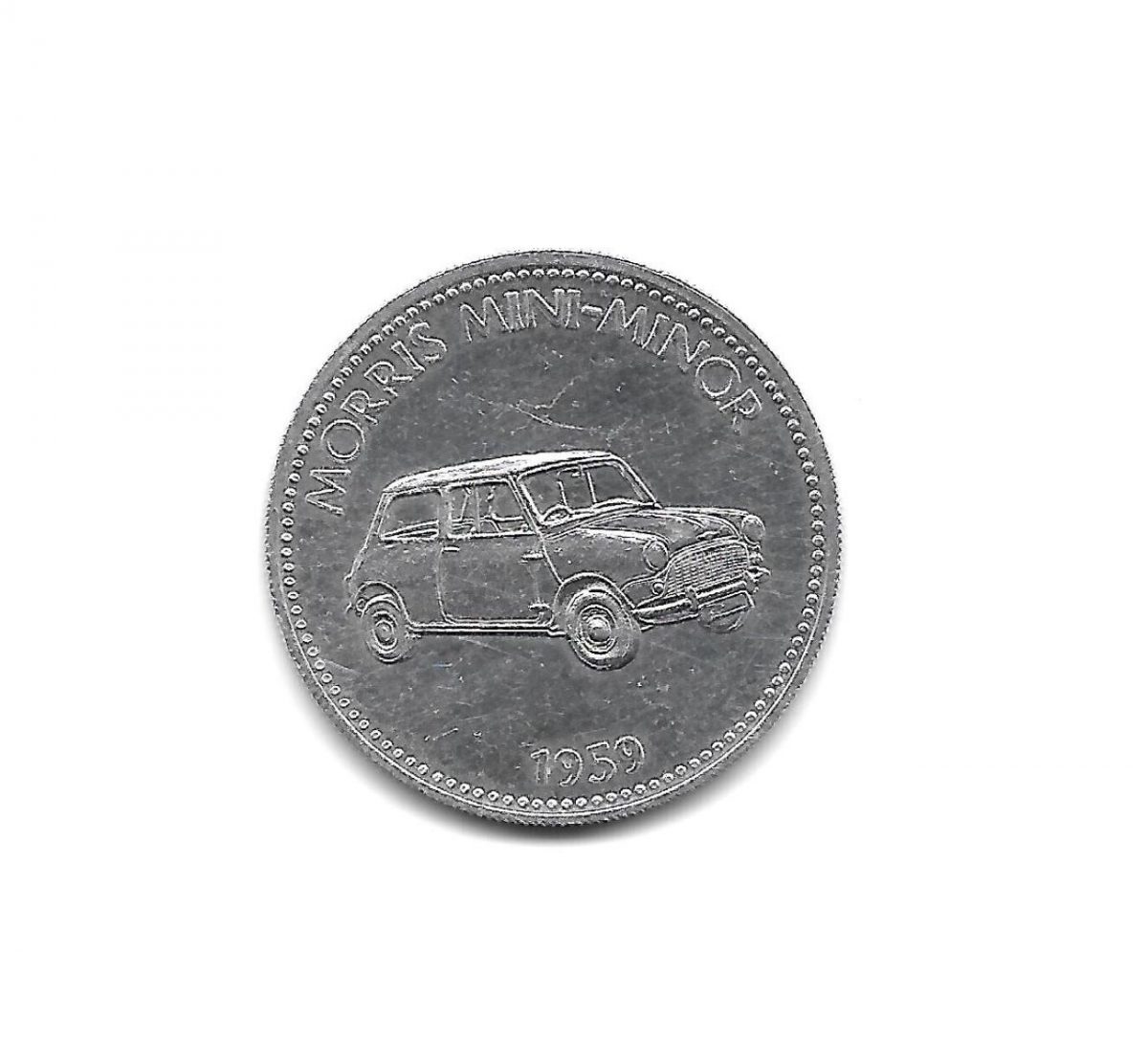
Morris Mini-Minor 1959.
The iconic Mini was the best and most successful compact four-seater. The engine unit is mounted across the hull with the gearbox in the sump. Sir Alec Issigoni’s design proved fast, reliable, and popular.
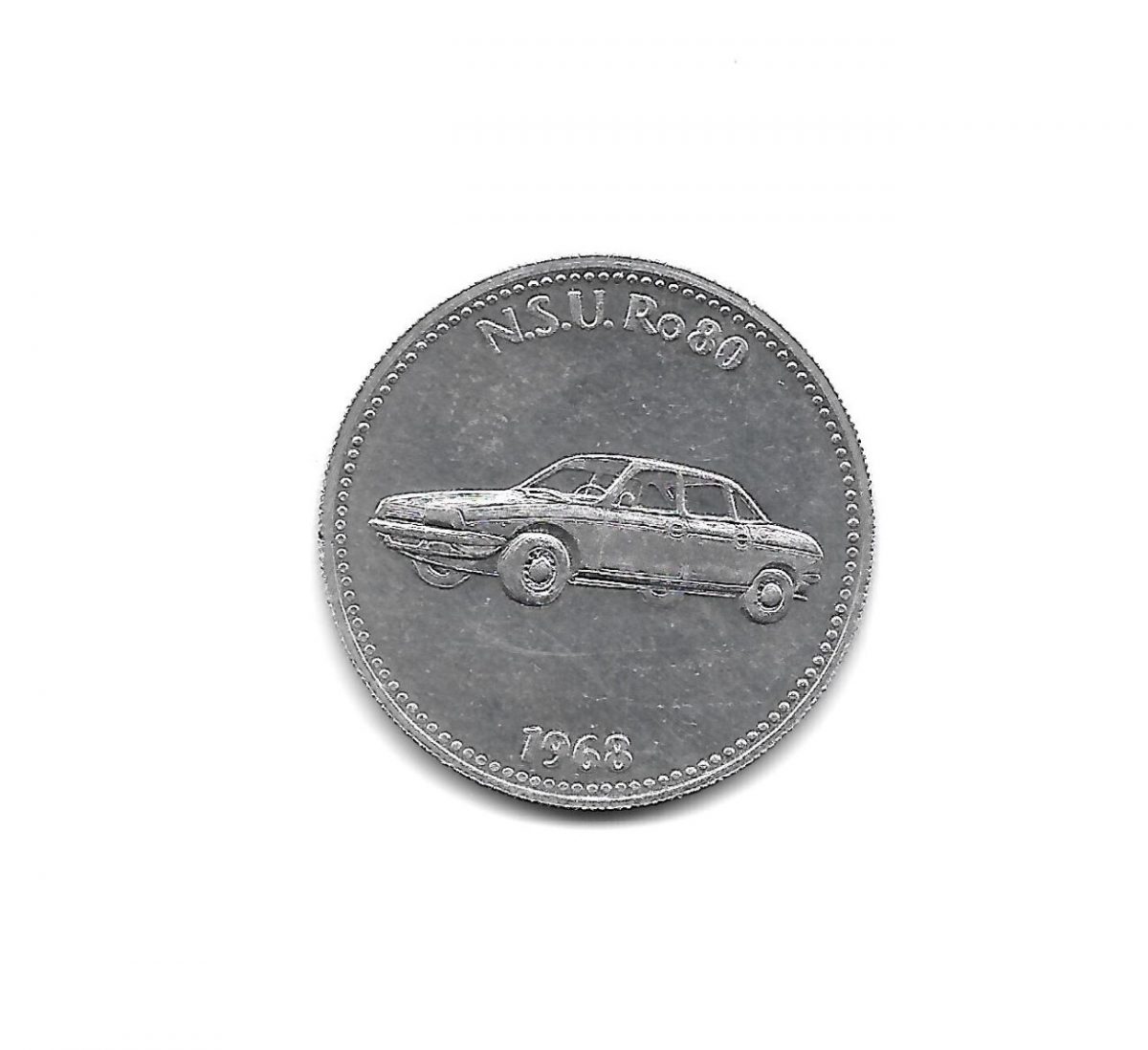
N.S.U. Ro Do 1868.
The NSU announced the arrival of the five-seater family saloon car. It had front-wheel drive and disc brakes, and semi-automatic transmission.

Lamborghini Miura 1970.
The Space Age arrived with the Lamborghini Miura. Powerful, stylish, and for a long time during the 1970s and 1980s, the most stylish, elegant, and desirable sports car on the planet.
Would you like to support Flashbak?
Please consider making a donation to our site. We don't want to rely on ads to bring you the best of visual culture. You can also support us by signing up to our Mailing List. And you can also follow us on Facebook, Instagram and Twitter. For great art and culture delivered to your door, visit our shop.

